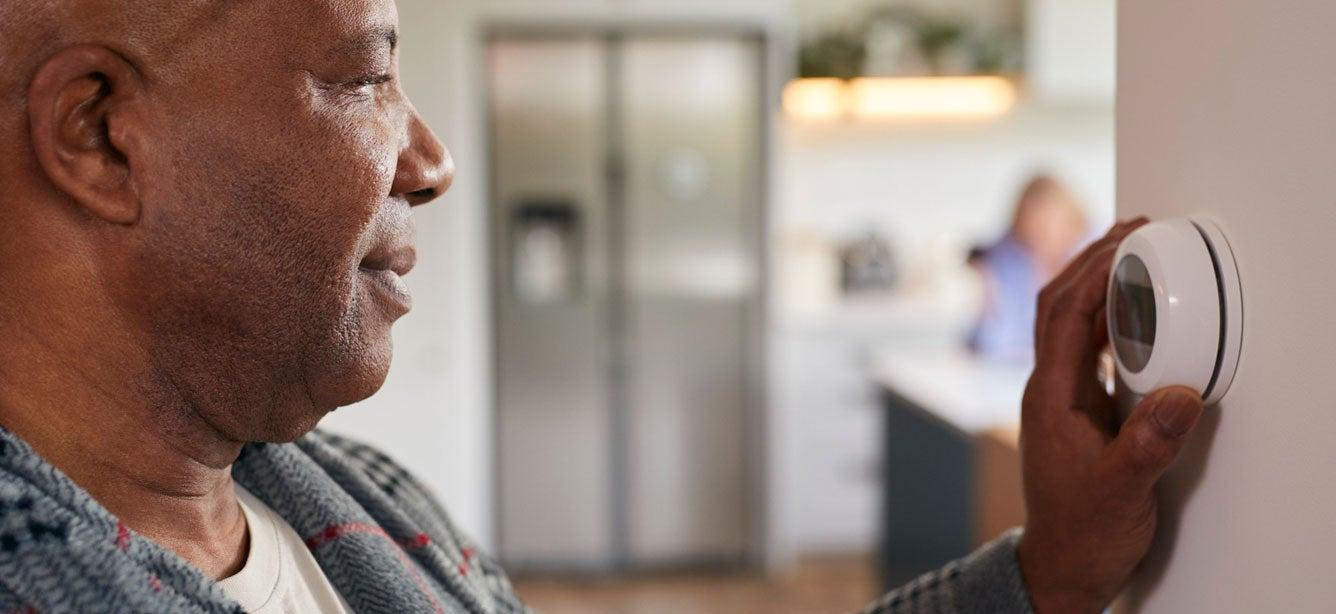The Shoebox Project: Managing the Paperwork of Everyday Living
3 min read

Established in 1972, Shepherd’s Center Central in Kansas City, MO, offers a variety of programs for seniors that are primarily volunteer driven at three sites throughout the metropolitan area. The Medicare Assistance Program (MAP) is available at two locations staffed by two part-time persons and 12 certified CLAIM (Missouri State Health Insurance Assistance Program) volunteer counselors. MAP is a multi-faceted program providing Medicare/Medicaid education and individual counseling for beneficiaries and caregivers, and includes the SHOEBOX Project, which began in 2015 with a MIPPA special projects grant from CLAIM and continues today.
The idea for the SHOEBOX Project originated with the Apple Project at Southeast Missouri State University in Cape Girardeau, MO, which has been doing similar work since 1993. The name alludes to the variety of containers in which people who come in keep personal paperwork, such as a grocery bag, big purse, backpack, or a box that originally held a pair of shoes. It also attempts to generally describe the services offered:
- Simple applications, LIS/MSP, legal forms (POAs), rent rebate claims
- Health insurance forms, notary services
- Organization of personal paperwork
- Education about Medicare, Medicaid benefits
- Budget and financial guidance and referrals
- One-on-one confidential assistance to assure the person that we care
- Xtra help to sort what to keep and what to throw away
Services are provided in Shepherd Center offices, or in senior centers and apartment complexes, and are always free of charge.
Who is the target audience?
The target audience of the SHOEBOX Project is primarily, though not limited to, low-income seniors and disabled persons who may have limited education or cognitive issues, vision impairment, or those for whom English is a second language who need assistance in reading and understanding various forms and letters sent to them. The goal is to be in a position to screen and enroll this population in the various benefit programs for which they may qualify.
What do they do?
The project is advertised to Shepherd’s Center’s large constituency on several social media outlets, and email blasts to various partners and agencies providing services to the aging community, including social workers, coordinators in senior apartment complexes, hospital case managers, etc. A “counter card-style” publicity flyer with a distinctive logo was developed and widely distributed. A cloth-like document bag, imprinted with the project’s contact information, is given to each client who comes for paperwork sorting, along with a set of neatly labeled folders in which to file important documents. The goal is to assist persons with organization, form completion, and education about what is junk mail and what is important to keep, thus reducing stress levels in their lives.
In 2016, a new feature was added to make the program more accessible, which is to provide a “Walk-in Center” at one site where people can come in without an appointment to be seen by a staff member or volunteer counselor. This service has attracted many who are new to Medicare, want to compare Part D plans, or seek other types of counseling, but who are not necessarily low income. This prompted the Center to add a monthly “lunch and learn” class called Medicare 101. This class is purposely kept small so that the dozen or so attendees can ask questions that are related to their individual situations.
What are the results thus far?
Response to the program seems to increase each year. In its first year, the Shepherd's Center set a goal of reaching 50 clients; 61 people were served. The following year, 87 people sought the services of the SHOEBOX Project, and in 2017, 156 were seen by a counselor and provided the various services.
Walk-in Center hours have been increased from three hours on two days per week, to five days per week, 9:00 am to 3:00 pm.



